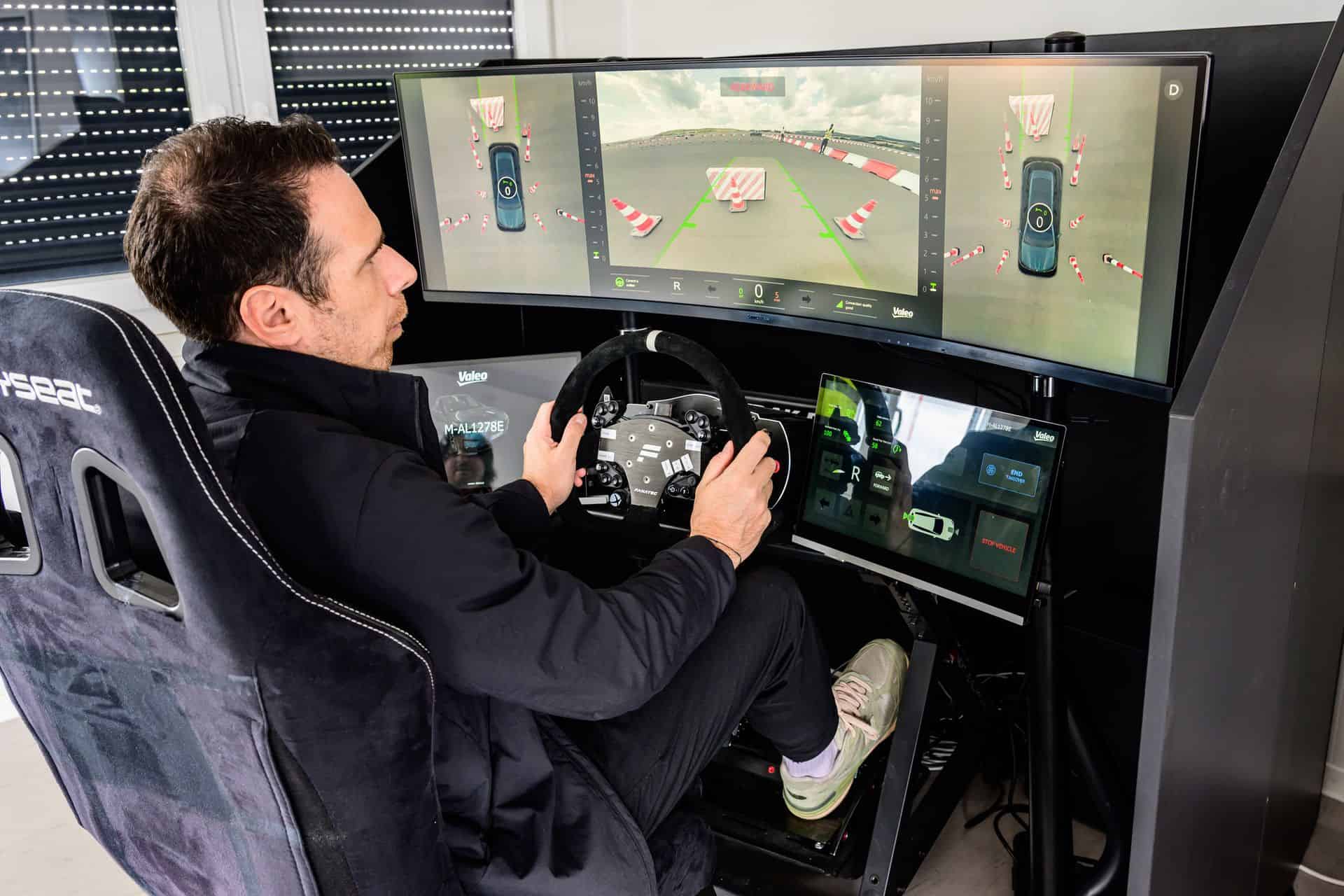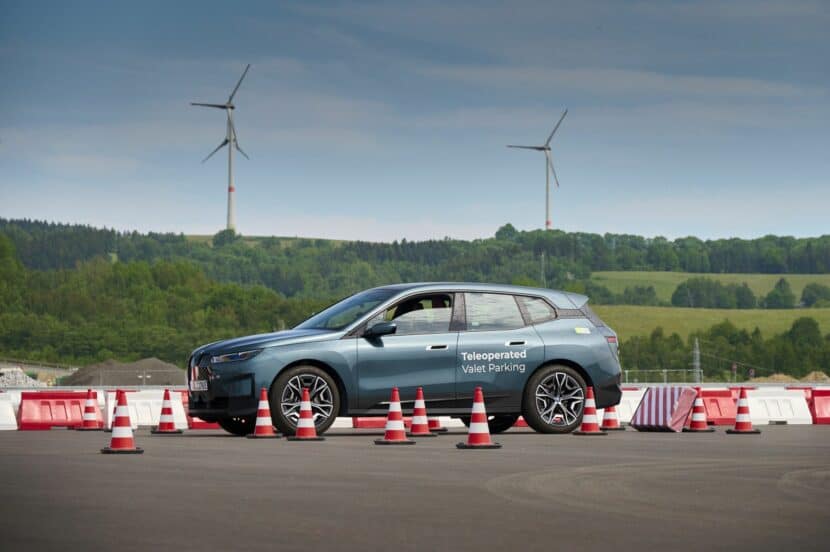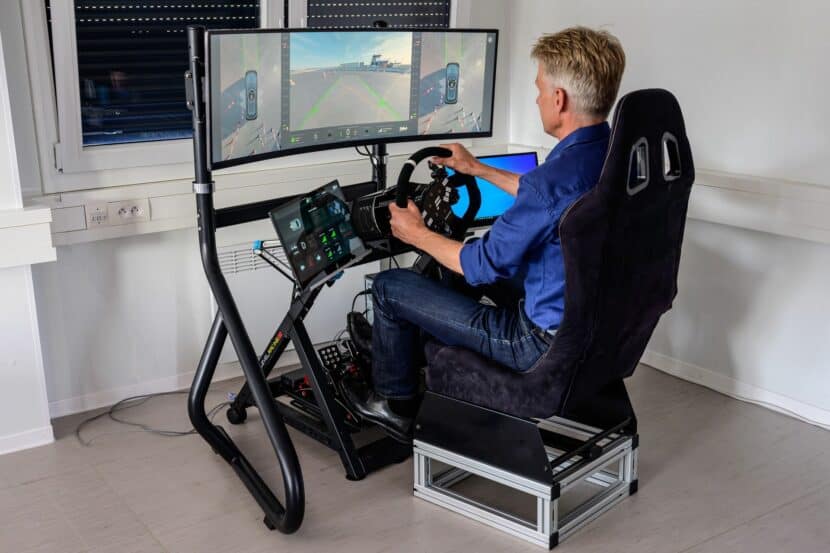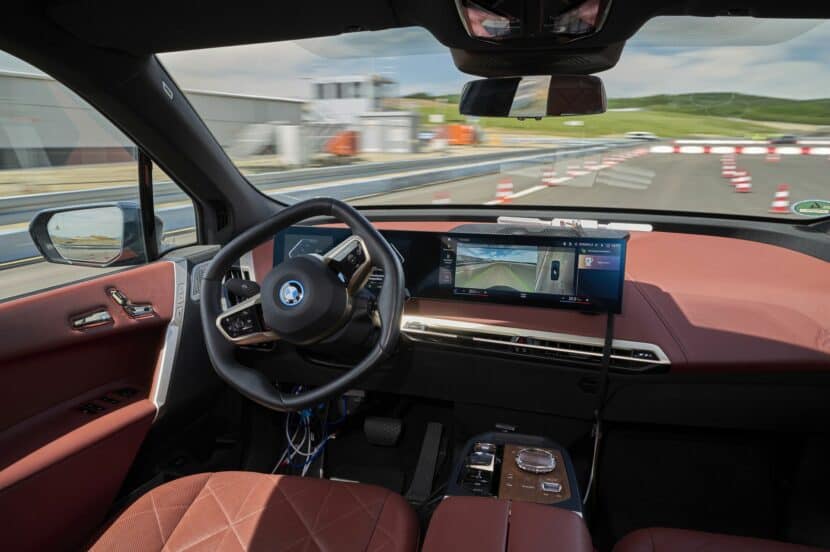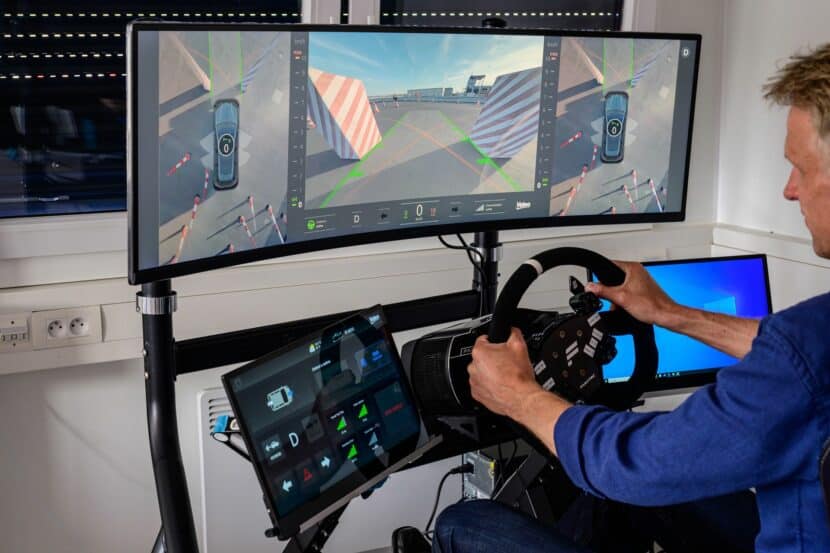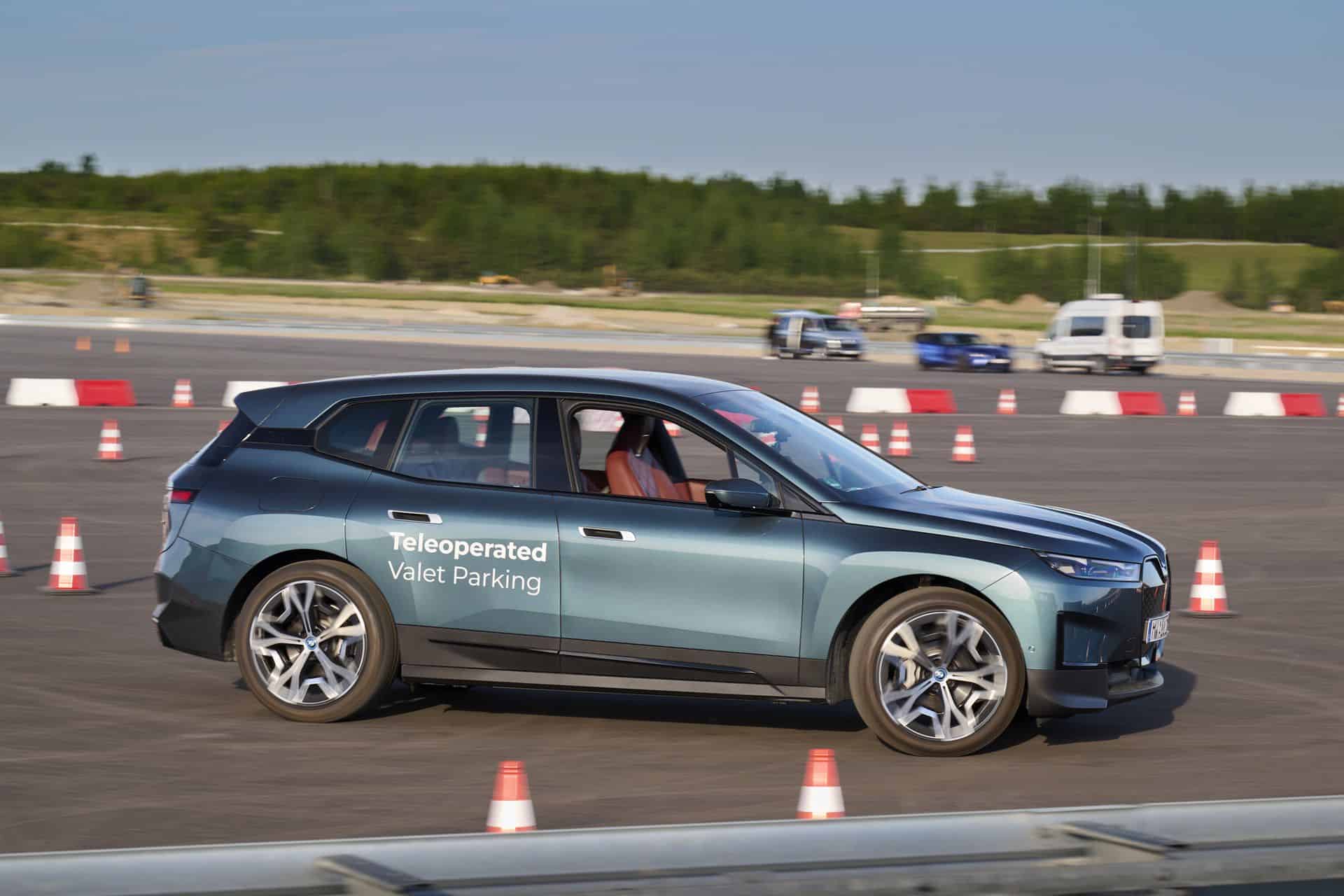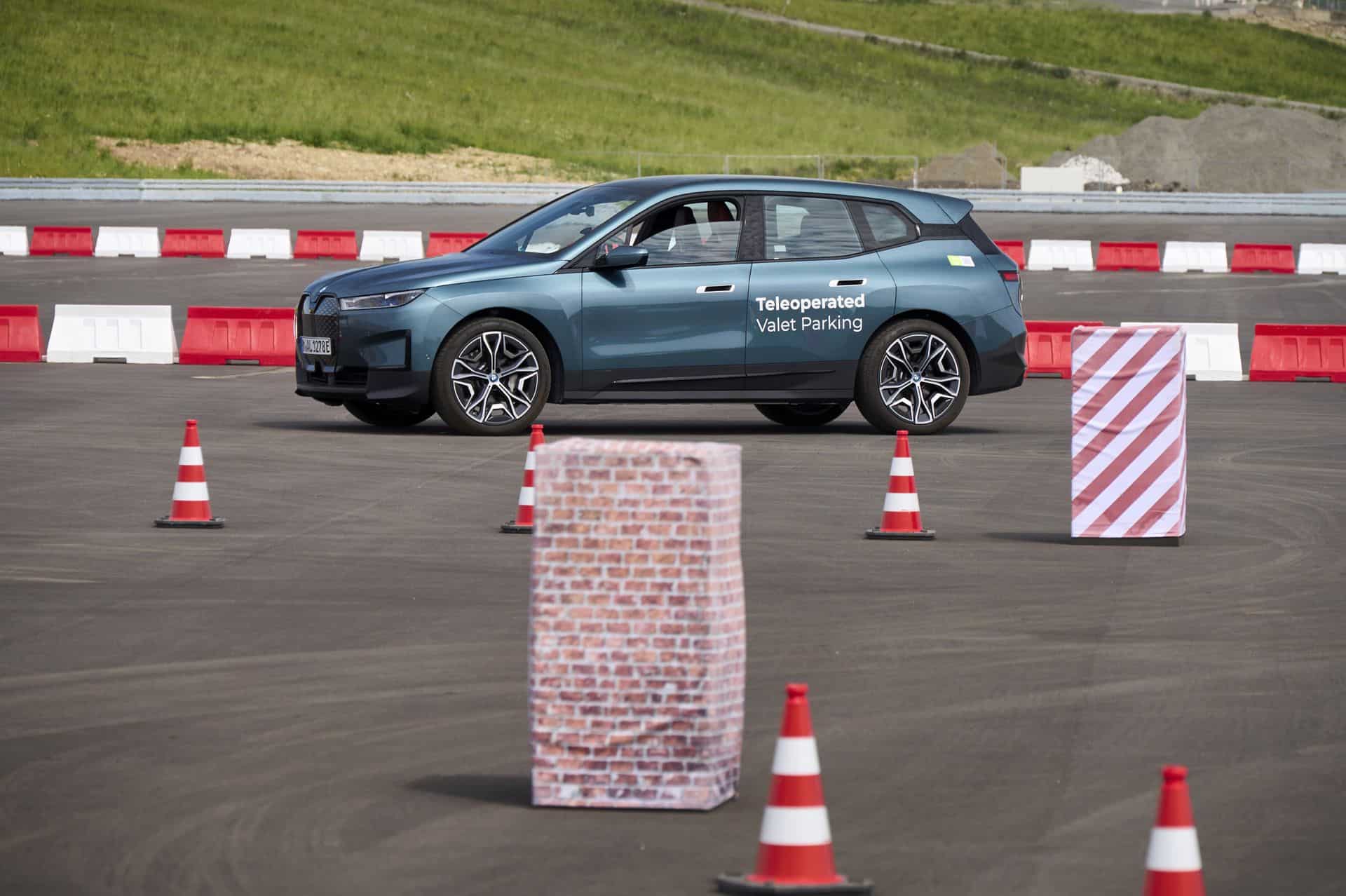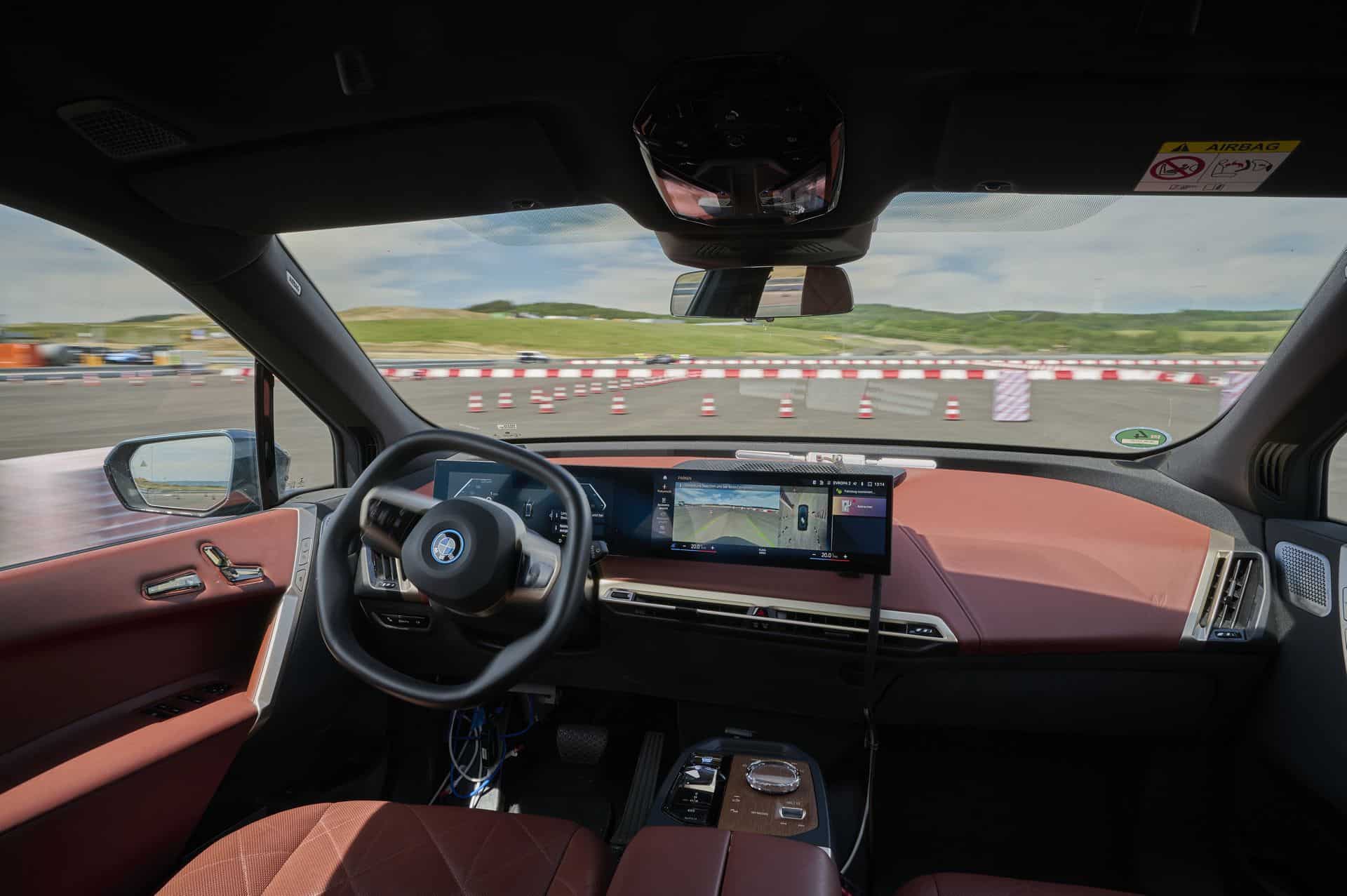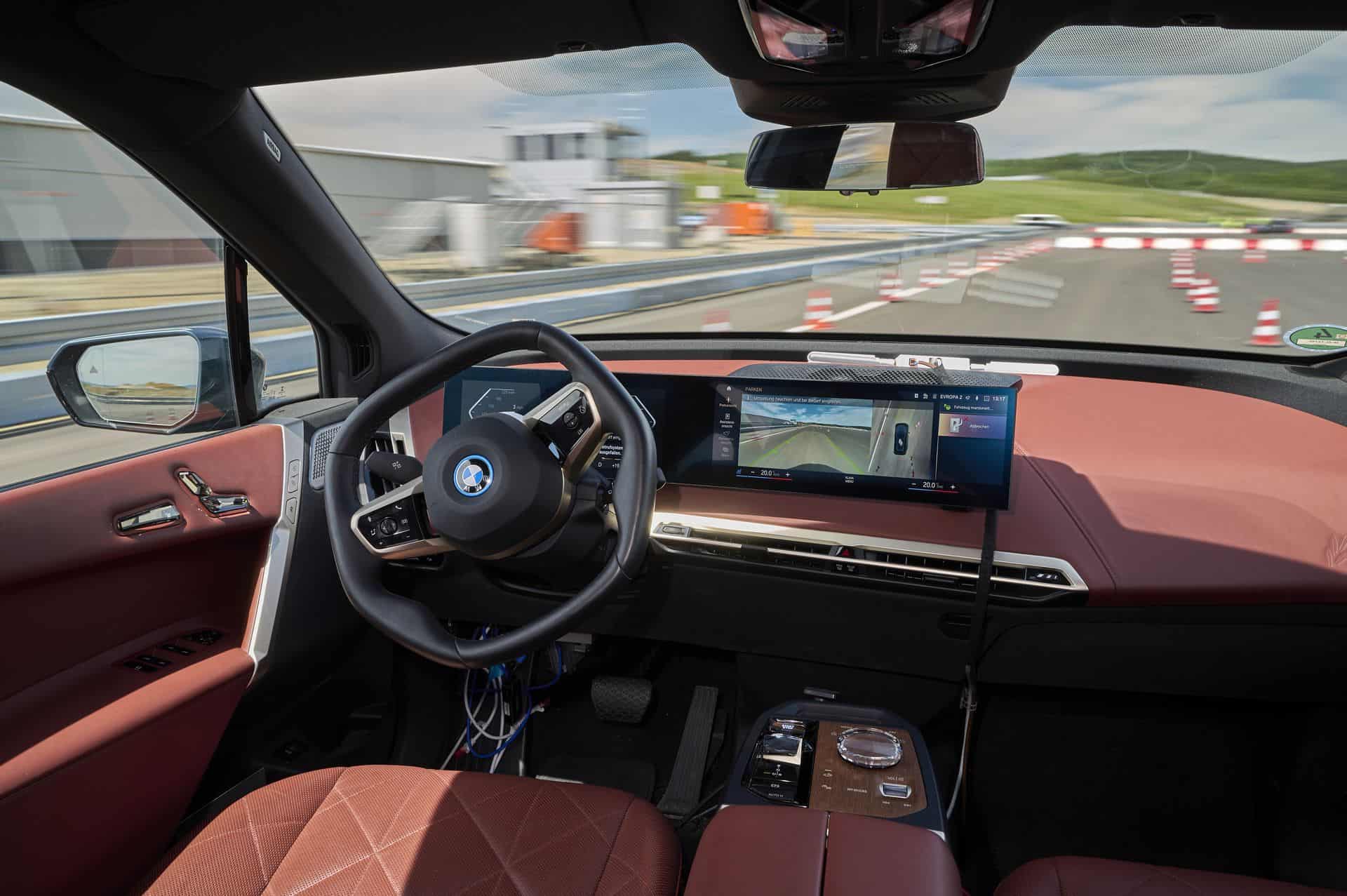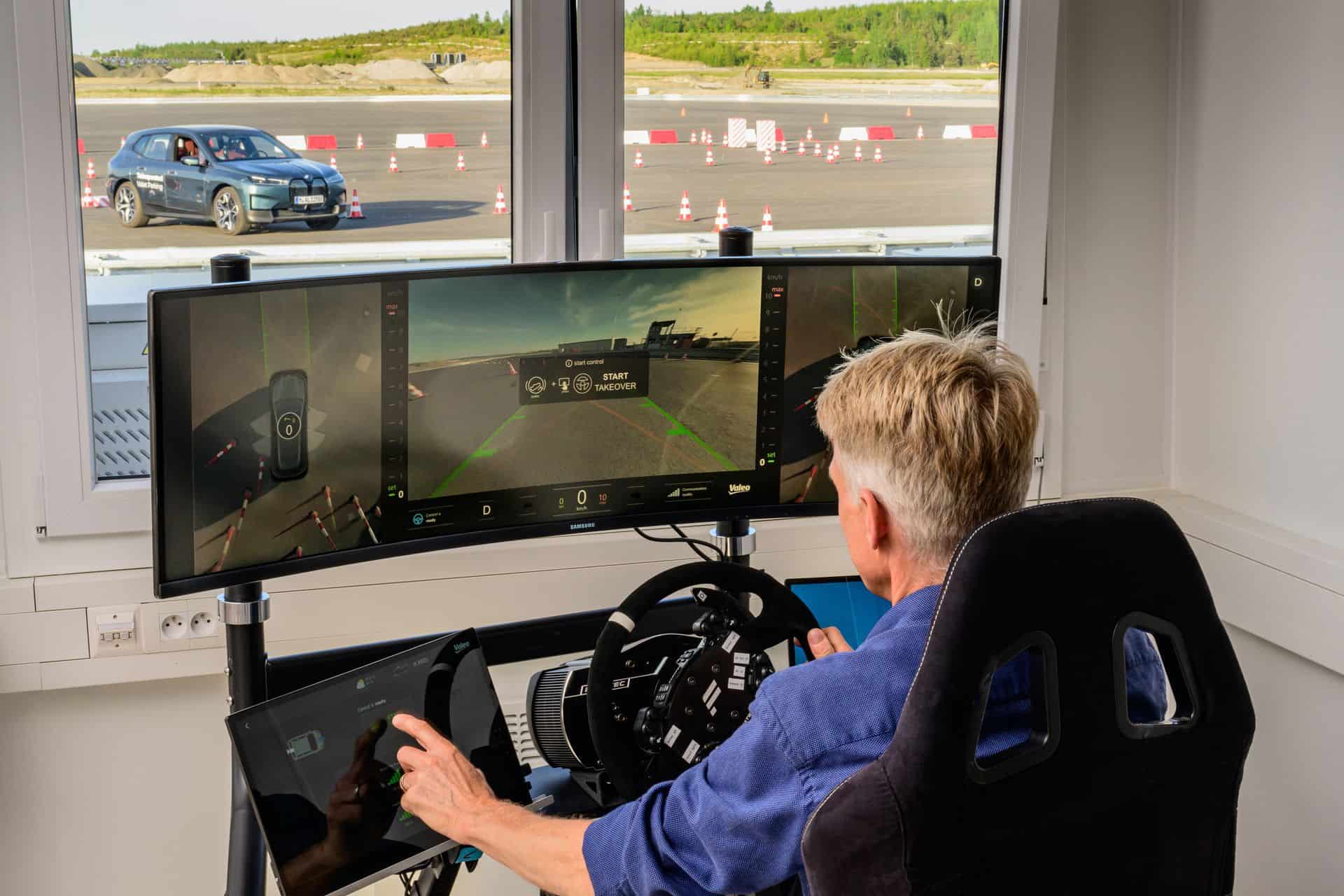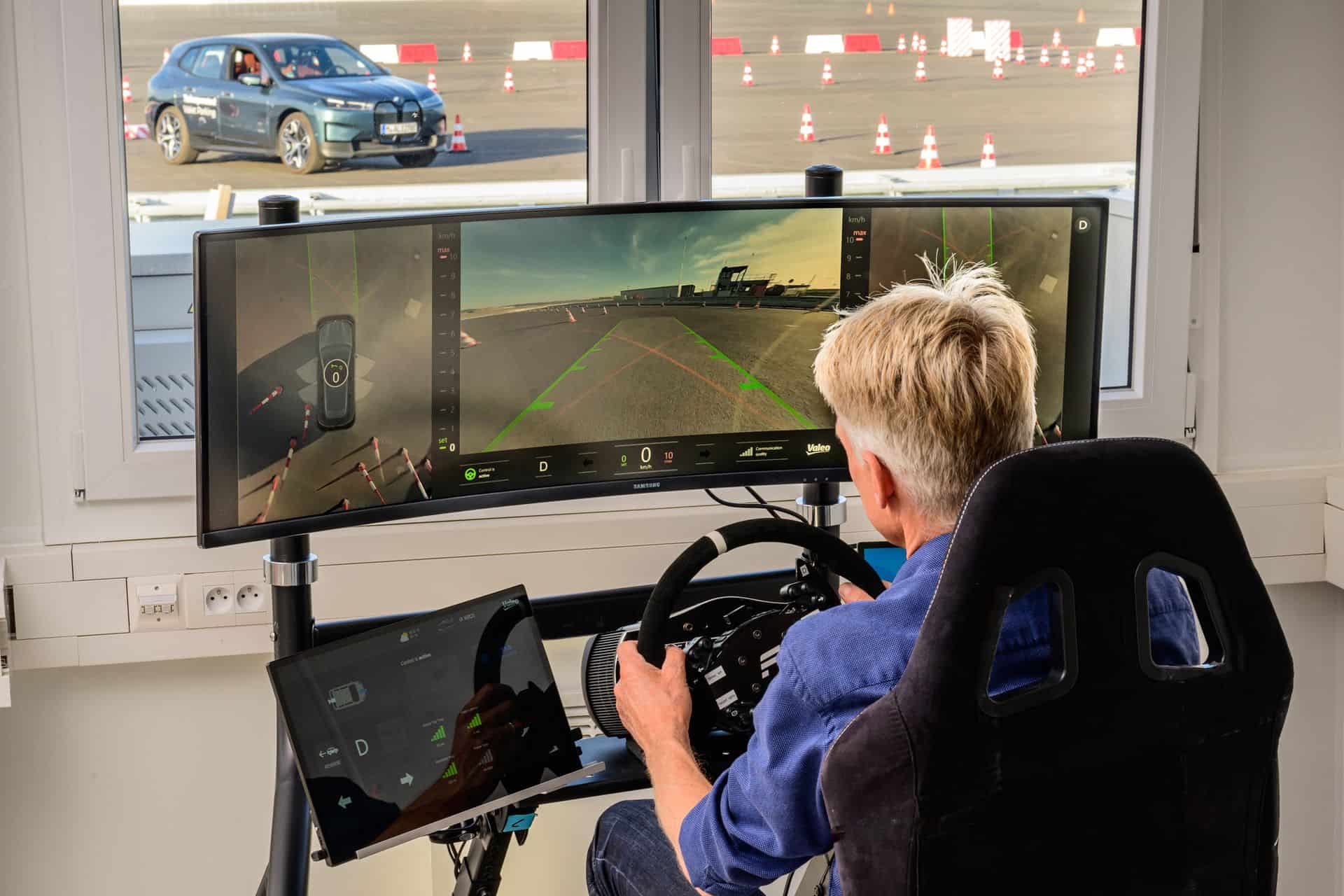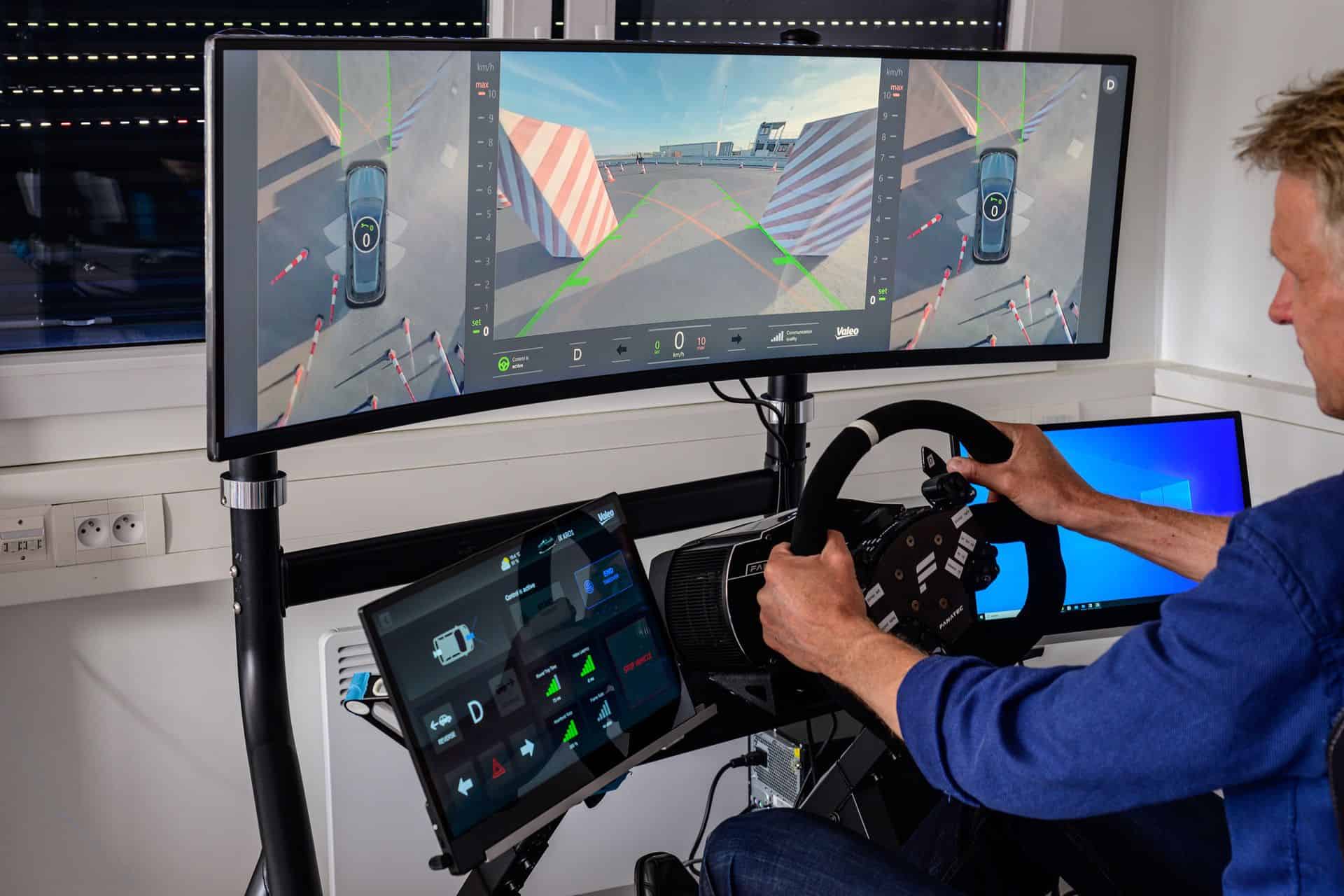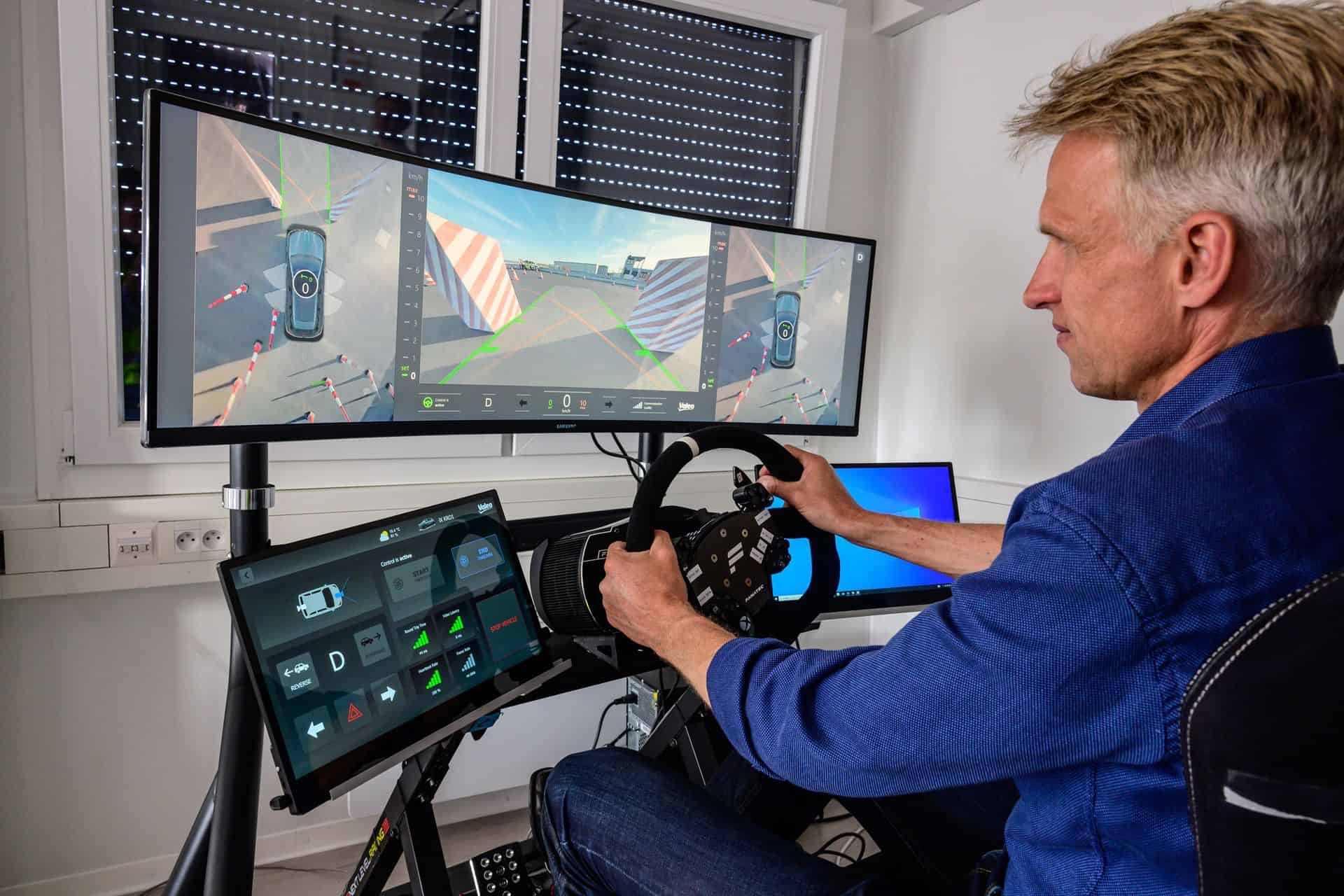In recent years, BMW has taken an aggressively progressive stance on technology. From user interface systems like iDrive to self-driving tech, the last couple of years have seen many steps forward. Now, BMW joins Mercedes and Porsche in the self-parking revolution. From humble beginnings with the old BMW Display Key to newfound app-integration powers, this is what the latest parking technology will look like on the next wave of self-parking BMWs. This is Automated Valet Parking and we had a chance to experience this at BMW’s new Future Mobility Development Center in Sokolov, Czech Republic.
Use Cases and Approaches to Automated Parking
If you’re like me, you may wonder: is there a real demand for automated parking? BMW thinks there’s a real use case for it. Catching planes – when driving yourself – just got a lot more convenient. Imagine parking your car while making your way through TSA checkpoints. Event parking gets a lot less complicated. I’d love to park my car while I wait to get through the doors to see my favorite band.
In fact, BMW has already implemented self-parking into its production process. From the end of the manufacturing process of the new 7 Series to the car park, the BMW is fully self-parking. Other corporate entities could realize similar benefits, saving time and money and reducing risk. Fleet and car rental companies, particularly, could save a fortune.
BMW says there are three fundamental approaches to self-parking. The first way is to use intelligent infrastructure, i.e., the necessary equipment is built into both the parking garage and the vehicle. This is already underway with several OEMs partnered with a parking corporation. The second way is to equip vehicles with an array of sensors, monitoring their proximity to obstacles and eventually navigating their way to park. While fascinating from an engineering perspective, it’s certainly challenging. Finally, and what BMW chose to showcase, there’s teleoperation. Automated Valet Parking is part remote vehicle parking and part infrastructure-based self-parking.
How BMW Automated Valet Parking Works
For such complex execution, the end goal is actually quite simple. The idea essentially boils down to driving your vehicle into the parking facility, dropping it off, and letting it handle the busy work. Ideally, the vehicle can then autonomously place itself in a parking spot. The vehicle will then show its location on the driver’s phone app. But, sans the last part, that’s not quite how the Automated Valet Parking system works.
Instead, Automated Valet Parking works by handing over control of your vehicle to a trusted third party. This particular use case is an R&D project for now. Customers will initially get the Automated Valet Parking Type 1 and Type 2. In this teleoperation use case, the driver authorize the order and all that’s needed is a 4G connection. Then, an operator takes control and parks the vehicle. Pretty simple and works great for things like event parking or older parking garages. The car travels with a speed up to 10 km/h. The functionality is as simple as you can imagine: sit down in a SIM Racing type of kit, use the brake and acceleration pedals to move or stop the car, and slowly steer around objects. There is no lag from what we can tell and the experience is as “live” as possible. The acceleration is also very smooth and progressive, so even if you try to floor the “gas pedal”, the car won’t quickly move. This a safety measure implemented to avoid any driving mistakes.
Of course, Automated Valet Parking is a two-part solution. As mentioned earlier, infrastructure-based parking will make the process even smoother. While it’s a long way from being an everyday occurrence, all Automated Valet Parking vehicles will already have tech that makes infrastructure-based parking a breeze.
So, Does Automated Valet Parking Matter?
Sure it does. Particularly in Europe, many older car parks from the 1950s and 1960s were designed for older and smaller vehicles. Stuttgart, by the end of next year, should have roughly 20 “modern” car parks that aid self-parking vehicles. In fact, this self-parking language is one of the few endeavors that multiple OEMs have worked on collaboratively. With a clear and established standard, it won’t be long until other countries see similar steps forward. What do you think about Automated Valet Parking?


